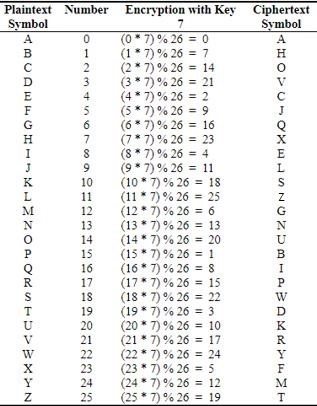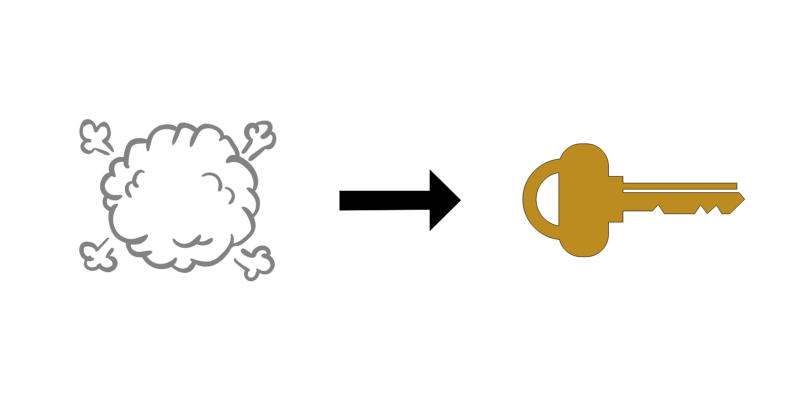Django Base.lib.generate_key Import Generate_ke
- Django Base.lib.generate_key Import Generate_ke Video
- Django Base.lib.generate_key Import Generate_ke Mac
- Django Base.lib.generate_key Import Generate_ke Name
You should move from future import printfunction to top of the import string. Current code is trowing SyntaxError: from future imports must occur at the beginning of the file exception. This module allows importing AbstractBaseUser even when django.contrib.auth is: not in INSTALLEDAPPS. ' import unicodedata: from django. Auth import passwordvalidation: from django. Hashers import (checkpassword, ispasswordusable, makepassword,) from django. Db import models: from django. Crypto import get. Came across this question after troubleshooting a similar problem. For me the fix was including the trailing comma in the importidfields declaration. Hope this helps anyone else searching for these 'Line number: 1' errors. Keyboard module in Python Python provides a library named keyboard which is used to get full control of the keyboard. It’s a small Python library which can hook global events, register hotkeys, simulate key presses and much more.
| '' |
| Pseudo-random django secret key generator. |
| - Does print SECRET key to terminal which can be seen as unsafe. |
| '' |
| importstring |
| importrandom |
| from __future__ importprint_function |
| # Get ascii Characters numbers and punctuation (minus quote characters as they could terminate string). |
| chars='.join([string.ascii_letters, string.digits, string.punctuation]).replace(''', ').replace('', ').replace('', ') |
| SECRET_KEY='.join([random.SystemRandom().choice(chars) foriinrange(50)]) |
| print(SECRET_KEY) |
commented Oct 11, 2015
You should move It's easy to create a self-signed certificate. You just use the openssl req command. It can be tricky to create one that can be consumed by the largest selection of clients, like browsers and command line tools. It's difficult because the browsers have their own set of. Openssl generate self signed certificate and key. Generating a self-signed certificate with OpenSSL: Win32 OpenSSL v1.1.0+ for Windows can be found here. Open Windows File Explorer. Navigate to the OpenSSL bin directory. C:OpenSSLbin in our example. Right-click the openssl.exe file and select Run as administrator. |
commented Aug 9, 2016

I made pip installation to generate django secret key https://github.com/ariestiyansyah/django-secret-key |
Released:
A Django application with a command to generate a Django secret key
Project description
Simple Django application that adds a new command:

Django Base.lib.generate_key Import Generate_ke Video
This will generate a new file secretkey.txt containing a random Django secretkey. In your production settings file, replace the hardcoded key by:
You can avoid hardcoding the path of the key by using:
Release historyRelease notifications
1.0.2
Django Base.lib.generate_key Import Generate_ke Mac
1.0.1
1.0.0
Download files
Download the file for your platform. If you're not sure which to choose, learn more about installing packages.
| Filename, size | File type | Python version | Upload date | Hashes |
|---|---|---|---|---|
| Filename, size django_generate_secret_key-1.0.2.tar.gz (5.2 kB) | File type Source | Python version None | Upload date | Hashes |
Django Base.lib.generate_key Import Generate_ke Name
Hashes for django_generate_secret_key-1.0.2.tar.gz
| Algorithm | Hash digest |
|---|---|
| SHA256 | e2fe9b57ced82e9a1cad8451299c4dacf097158e60843ef35a6d13683f39f197 |
| MD5 | 6b37c1832b0695daee788cea884f5ff3 |
| BLAKE2-256 | 60e52b8252e86641978b2d24bd2364acf8857a5891a5743d22c2895ea026c852 |